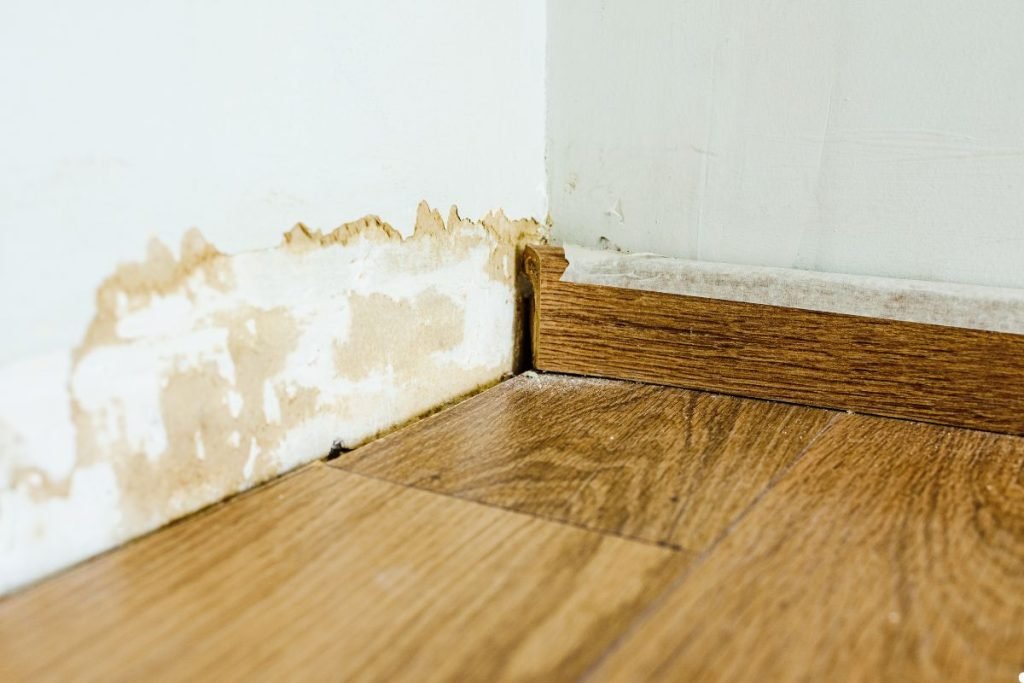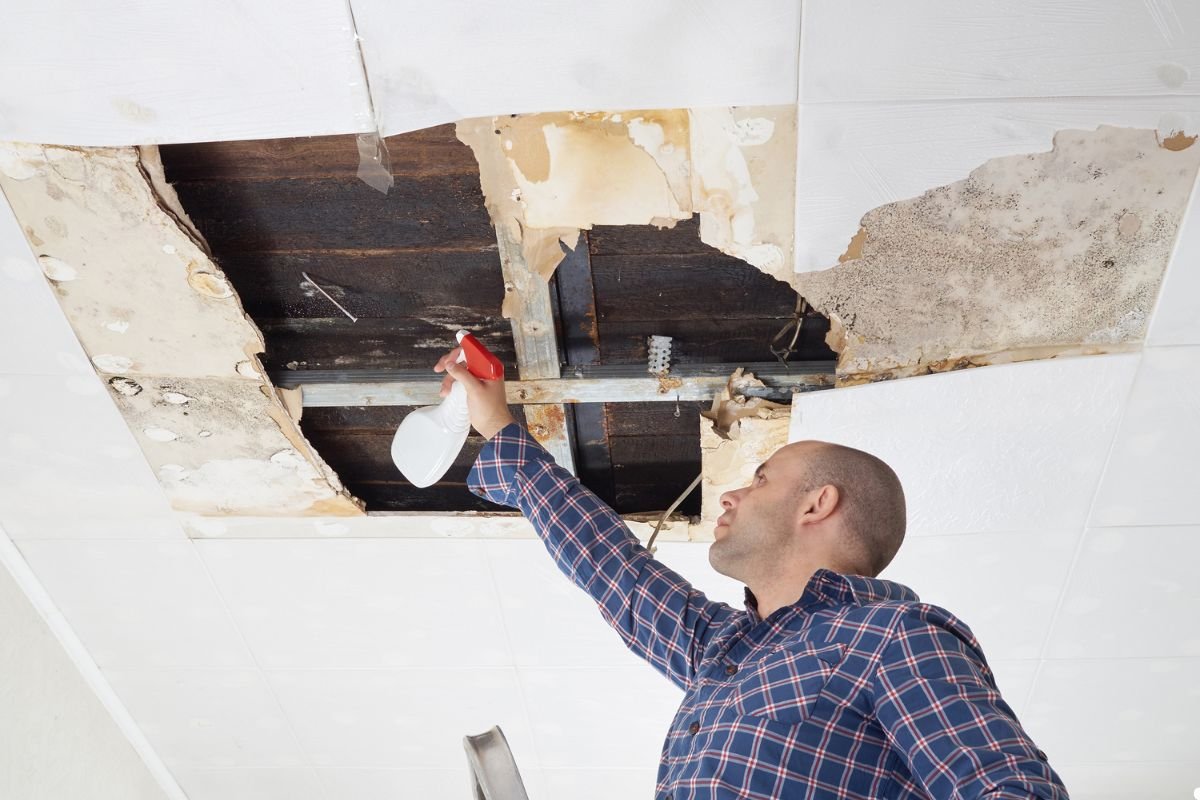
Mold spores can be a significant health hazard, and effectively removing them requires understanding the tools and techniques involved. The quick answer: **You need to run an air scrubber long enough to achieve the desired air changes per hour (ACH) for your specific room size and the severity of the mold problem, typically ranging from 24 to 72 hours continuously. However, many factors influence that run time, which we’ll explore in detail below.
Understanding Air Scrubbers and Mold Spores

Air scrubbers are powerful air purification devices designed to remove particles, gases, and chemicals from the air. They achieve this using a combination of filters, most importantly a HEPA (High-Efficiency Particulate Air) filter, which traps tiny particles like mold spores. Mold spores, microscopic reproductive units of mold, are a common indoor air pollutant and can trigger allergic reactions, asthma, and other respiratory problems. Left unchecked, mold can spread rapidly, causing significant damage to your property and posing health risks. Learn more our previous blog about mold growth and how to prevent it in Molds Can Grow Almost Anywhere: Understanding Mold Growth and Prevention.
Why Use an Air Scrubber for Mold Removal?
Unlike standard air purifiers, air scrubbers are specifically engineered for challenging environments like mold remediation projects. Their robust filtration systems can handle the high concentration of mold spores released during cleaning and demolition. They also often incorporate additional filtration stages, such as carbon filters to remove odors associated with mold growth. By capturing these spores, air scrubbers prevent them from recirculating throughout your home or business. Choosing the right device to tackle mold spores is essential, this is why many trust our professional service.
Are you concerned about Mold Spores affecting your health?
Call us today for a comprehensive mold inspection and air scrubber service!
Determining the Optimal Air Scrubber Run Time
Several factors influence how long you need to run an air scrubber to effectively remove mold spores:
- Size of the Affected Area: Larger rooms require longer run times to achieve the necessary air changes.
- Severity of Mold Contamination: A heavily contaminated area will need more thorough air scrubbing.
- Air Scrubber Model and Capacity: Different models have varying airflow rates and filtration efficiencies. An expert guide can help understand models and capacities
- Air Exchange Rate: The target air exchange rate (ACH) dictates how many times the air in the room needs to be filtered per hour.
How to Calculate Air Scrubber Run Time
Follow these steps to estimate the required air scrubber run time:
- Assess the Mold Situation: Determine the extent of the mold growth. Is it a small, localized area, or is it widespread?
- Calculate Room Volume: Measure the length, width, and height of the room in feet. Multiply these measurements to get the volume in cubic feet. (Length x Width x Height = Volume).
- Determine Air Changes Per Hour (ACH): For mold remediation, a target ACH of 4 to 6 is generally recommended.
- Calculate Total Run Time:
- Determine the CFM (Cubic Feet per Minute) of your air scrubber.
- Calculate the air changes per hour (ACH) the air scrubber provides for your room volume: (CFM x 60) / Room Volume = ACH
- Divide your Target ACH by the calculated ACH to determine how many hours you need to run the scrubber.
Optimizing Air Scrubber Performance

To maximize the effectiveness of your air scrubber, consider these tips:
- Sealing the Area:Seal off the affected room with plastic sheeting and tape to prevent mold spores from spreading to other areas. This is especially vital for basement or attic cleanup, where mold disruption can easily lead to spore migration throughout your home. For targeted help with these areas, explore our Basement Mold Removal Services.
- Placement of the Air Scrubber: Position the air scrubber in a central location in the room for optimal air circulation.
- Regular Filter Maintenance: Change the HEPA filter according to the manufacturer’s recommendations (typically every 3-6 months, or more frequently in heavily contaminated environments).
Troubleshooting Common Air Scrubber Issues
- Unpleasant Odors Lingering: This could indicate that the carbon filter needs replacing.
- Visible Mold Remaining: Ensure that the air scrubber is running long enough and that the filters are clean. The Mold spores may be [inaccessible areas] (Internal Link – Anchor Text: inaccessible areas) of the home that need further treatment.
- Scrubber Running Constantly: This may indicate a leak in the sealed area or a very high level of contamination. It may be a sign that you need professional services.
If you are still experiencing these issues contact our mold remediation specialist today for inspection! Call us
When to Call a Mold Remediation Specialist
While air scrubbers are effective tools, they are not a substitute for professional mold remediation in severe cases. Call a specialist if:
- The mold growth covers a large area (more than 10 square feet).
- You suspect hidden mold growth behind walls or in ventilation systems.
- You experience persistent health problems related to mold exposure.
- You are unsure about the proper procedures for mold removal.
Frequently Asked Questions
How often should I change the filter in my air scrubber?
Refer to the manufacturer’s instructions, but generally every 3-6 months, or more frequently if used in a heavily contaminated environment.
Can an air scrubber completely eliminate mold?
Air scrubbers can remove mold spores from the air, preventing further spread. However, they do not eliminate the source of the mold growth. Addressing the moisture problem is crucial to prevent recurrence.
Is it safe to be in the room while the air scrubber is running?
It’s generally best to avoid prolonged exposure to the room while the air scrubber is running, especially during active mold remediation. Wear appropriate personal protective equipment (PPE) if you must enter the area. Air scrubbers emit some level of noise during operation. Most models can be turned down. It may be best to avoid the room while its running so you are not in harm’s way.
Can I use an air scrubber for other air pollutants besides mold?
Yes, air scrubbers are effective at removing a wide range of airborne particles, including dust, pollen, pet dander, and smoke.
Looking to get rid of mold now?
Contact Us for Expert Mold Removal. Don’t let mold impact your health!
Achieving Clean Air with Air Scrubbers
Using an air scrubber is a vital step in mold remediation, and determining the appropriate run time is crucial for achieving clean, healthy air. By understanding the factors that influence run time and following the steps outlined in this guide, you can effectively remove mold spores and prevent further contamination. Remember to prioritize safety and consult with a professional when necessary.
